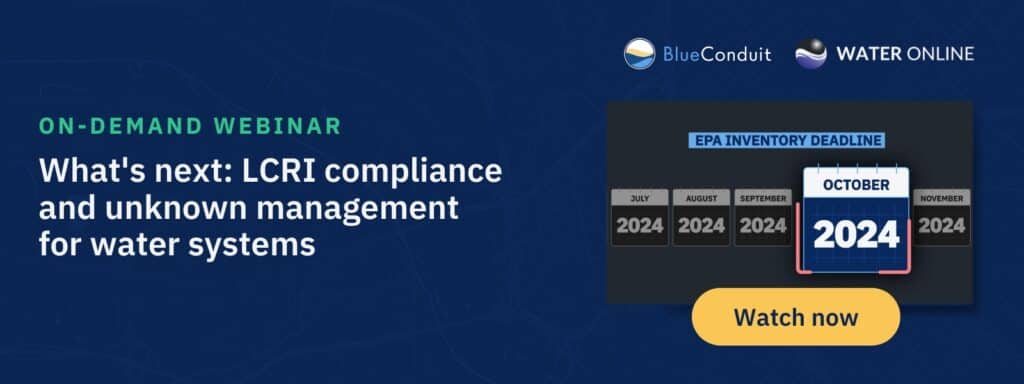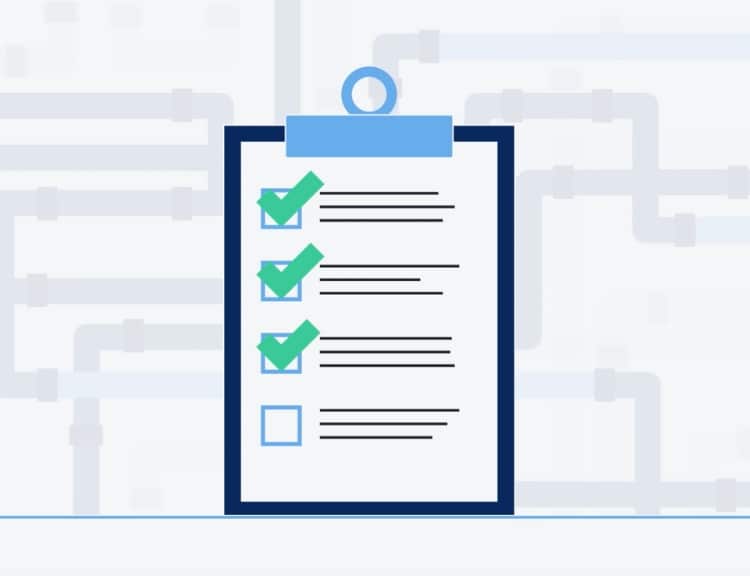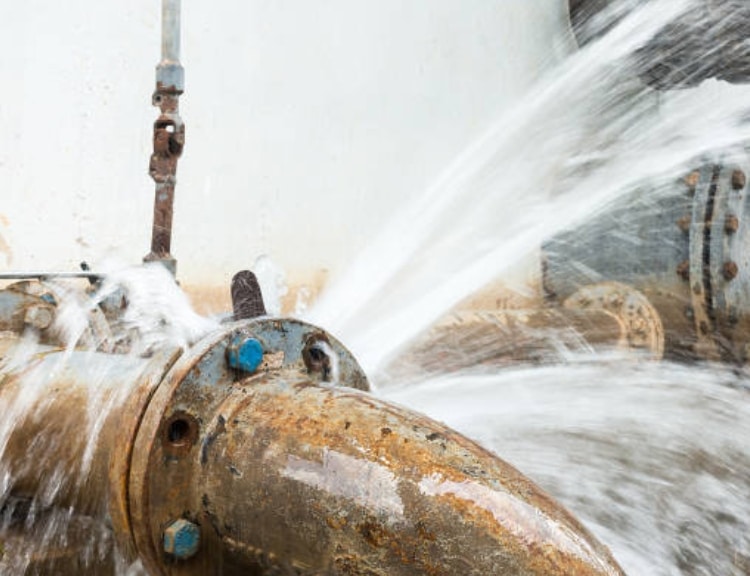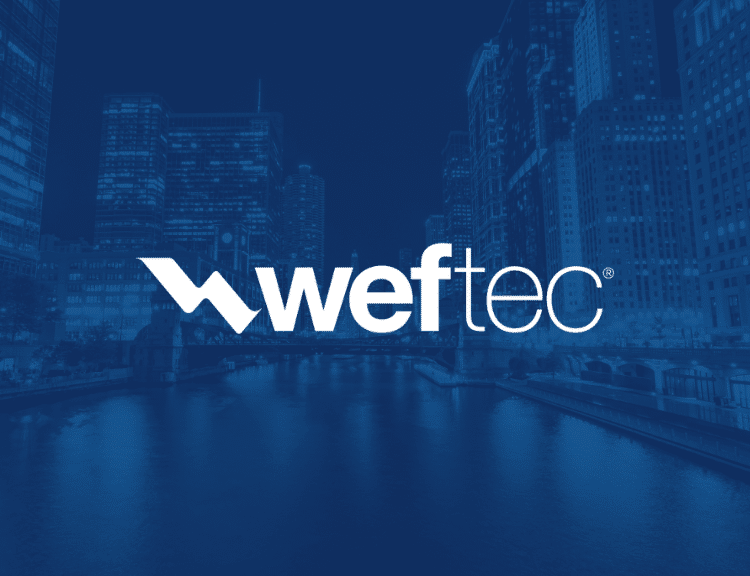On October 8, 2024, the EPA released the new Lead and Copper Rule Improvements (LCRI). The LCRI is anchored on President Biden’s commitment to “replace every lead pipe in the country within 10 years.”
The LCRI introduces a host of new compliance requirements related to lead service line (LSL) replacements, unknown management, tap sampling, and more. As our team continues to read and understand the nuance of the new rules, we wanted to begin by focusing on the cornerstone change in the new rule: mandatory lead service line replacement.
Mandatory LSL replacement is a fundamental shift from the LCR in its approach to service line replacement, moving from a trigger-based approach to a mandatory, system-wide replacement mandate.
- LCR (Sampling-Based)
Under the LCR, the requirement to replace LSLs and Galvanized Requiring Replacement (GRR) service lines was contingent on a system’s 90th percentile lead level from its tap sampling program.- Systems exceeding the lead action level (0.015 mg/L) were required to replace LSLs at a rate of 3% per year.
- LCRI (Mandatory System-Wide Replacement)
The LCRI mandates full service line replacement of all lead and GRR service lines under the control of the water system.
Key Differences and Implications
Here’s a summary of the key differences between the LCRI and LCR regarding mandatory service line replacement and their implications:
| Feature | LCR | LCRI |
| Trigger for Replacement | Based on exceeding lead action level | Mandatory for all systems, regardless of lead levels |
| Replacement Scope | Full replacement of lead and GRR service lines required only if action level exceeded; partial replacements allowed | Full replacement of all lead and GRR service lines under system control is mandatory; partial replacements do not count |
| Replacement Rate | 3% per year if action level exceeded | 10% cumulative average annual rate for most systems; shorter or deferred deadlines possible, by state |
| Deadline | No deadline; requirement removed when lead levels reduced | 10 years for most systems; deferred deadlines possible for systems with high proportion of lead and GRR service lines |
The implications of this shift for both water systems and public health are significant. From a public health perspective, the shift enables:
- Proactive Lead Reduction: The LCRI’s mandatory replacement approach aims to proactively eliminate lead service lines as a source of contamination, rather than waiting for lead levels to reach problematic levels.
- Health Protection: Lead service lines are recognized as the most significant source of lead in drinking water. The LCRI prioritizes removing these sources to ensure greater health protection, particularly for vulnerable populations susceptible to lead’s harmful effects.
- Faster and Broader Lead Reduction: The EPA estimates that the LCRI will result in a significantly faster and broader reduction in lead exposure compared to the LCRR.
Though the public health impact is significant, the additional burden on utilities will also be significant, including:
- The need to immediately begin planning for unknown management and replacements: utilities with known or anticipated lead/GRR now face new deadlines and communication requirements, pushing replacement planning to the top of the to-do list.
- Increased costs and funding needs: The mandatory replacement mandate will undoubtedly lead to increased costs for water systems. The EPA acknowledges the need for financial assistance to support water systems in meeting these requirements.
- Potential challenges in implementation: The ambitious timelines and the scale of the LCRI’s replacement requirements could pose implementation challenges for some water systems, particularly those with high numbers of unknowns and/or a high proportion of lead and GRR service lines. The EPA acknowledges the potential for supply chain constraints and labor shortages to impact implementation.
By shifting to a mandatory system-wide replacement approach, the LCRI signifies a more proactive and health-protective strategy for managing lead in drinking water, aiming to achieve more comprehensive and faster lead reduction across the nation.
Want to learn more about the new LCRI rules and what’s next for service line inventories, unknown management, LSL replacements, and more? Watch the on-demand webinar now!






